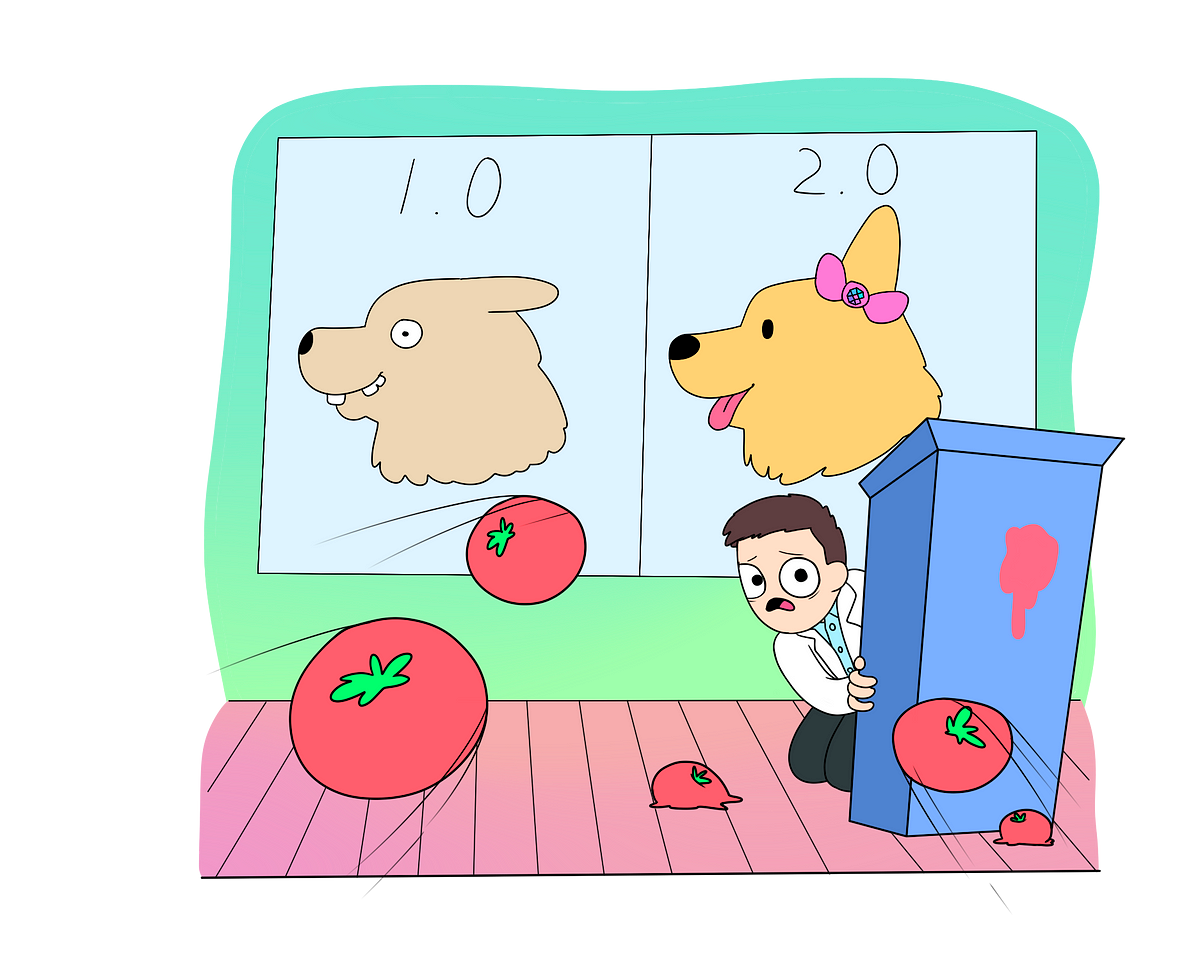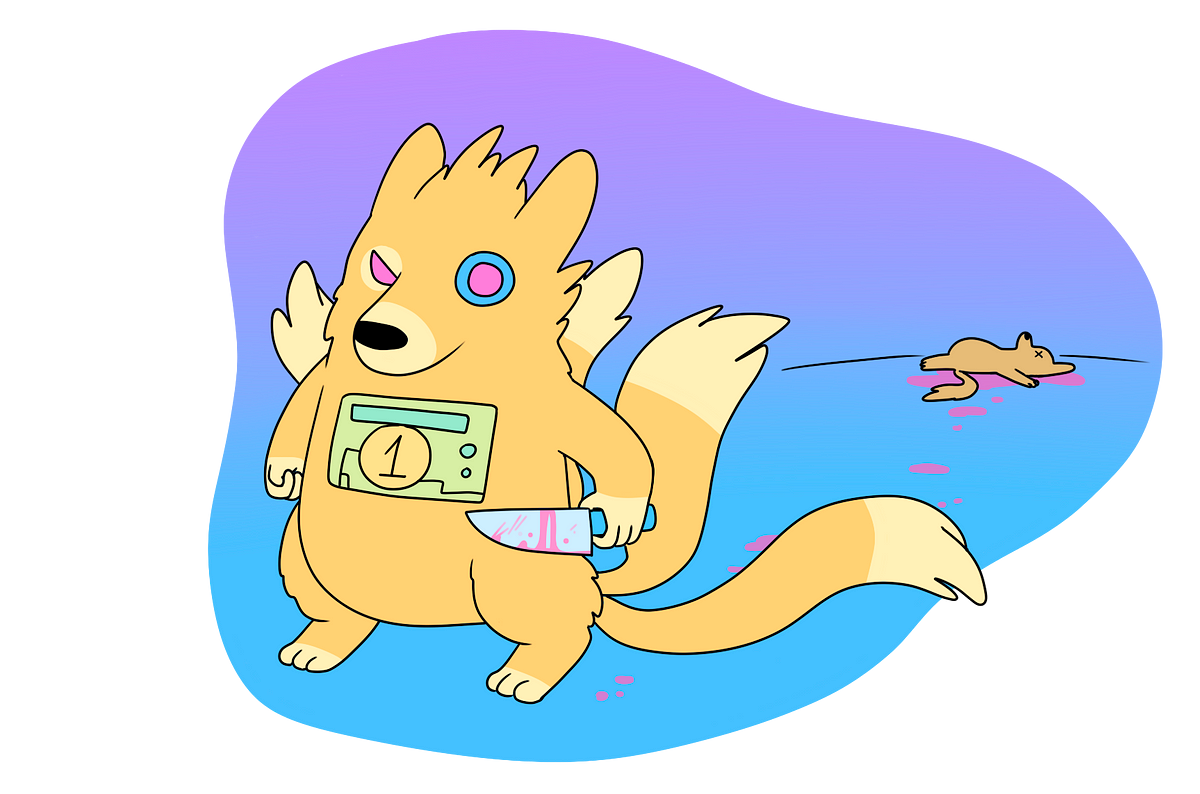Soft Forks and Hard Forks
If you’ve familiarized yourself with the relationship between blockchain and cryptocurrency, then you’ve probably also heard of the term “fork” or “forking.” To better understand what forks are, it’s important to be aware of the two types: soft and hard. Each of these present two separate cases that are extremely important for the world of blockchain and cryptocurrency as a whole. So, let’s dive into what forking is, why soft and hard forks are so important, and how they’re related.
This is not financial investment advice.This article will touch discuss the relationship between soft and hard forks.
In this article
Terminology
Forking: “Fork” or “Forking” generally means a kind of software upgrade or update which is done in such a way that creates an alternate version of the blockchain, leaving two blockchains to run simultaneously on different parts of the network.
Blockchain: The easiest way to understand blockchain is to think of it as a fully transparent and continuously updated record of the exchange of information through a network of personal computers, a system which nobody fully owns. This makes it decentralized and extremely difficult for anyone to single-handedly hack or corrupt the system, pretty much guaranteeing full validity and trust in each exchange of information.
Hard Fork: a hard fork is a permanent divergence from the previous version of the blockchain, and nodes running previous versions will no longer be accepted by the newest version. This essentially creates a fork in the blockchain: one path follows the new, upgraded blockchain, and the other path continues along the old path.
Soft Fork: A soft fork (or sometimes softfork) is a change to the software protocol where only previously valid blocks/transactions are made invalid. Since old nodes will recognize the new blocks as valid, a softfork is backward-compatible. This kind of fork requires only a majority of the miners upgrading to enforce the new rules, as opposed to a hard fork which requires all nodes to upgrade and agree on the new version.
Open Source: In general, open source refers to any program whose source code is made available for use or modification as users or other developers see fit. Open source software is usually developed as a public collaboration and made freely available.
Familiarize yourself with these terms to get a better understanding of how soft and hard forks work.
What Are Forks?


Before we can go into the differences between soft and hard forks, let’s go over what forking is in the first place. As we mentioned earlier, forking is a kind of software upgrade or update which is done in such a way that creates an alternate version of the blockchain, leaving two blockchains to run simultaneously on different parts of the network. Further analysis will show that there are two types of forks: soft and hard. Each of these kinds of forks has different properties that significantly changed how the blockchain network is run.
Forks can result from two different events. An accidental fork occurs if coin updates are not truly compatible. People using different versions of the software create two different ledgers — one from the older version, and one from the newer version. In this circumstance, the coin developer must rapidly eliminate the bugs causing the incompatibilities and decide how to merge the different blockchains.
Overall, forking can be a pretty stressful event to a cryptocurrency community because it frequently increases risks associated with that particular coin. As coin investors weigh these risks, some will choose to sell in order to avoid any issues. During a fork event, the coin’s value often falls. If the fork puts the coin’s long term survival at risk, this drop in value is warranted. Conversely, if the fork ultimately improves the coin’s stability and structure through code improvements, a fork can actually be an excellent buying opportunity.
Forking is basically a software update that causes a blockchain network to split into two different ones: one for the new network and one for the new one which runs simultaneously. This is usually a stressful event in the crypto community for investors who do not want to deal with any unwanted price drops.
Soft Fork


The first kind of fork that exists is a soft fork, which as we mentioned earlier, is a change to the software protocol where only a majority of the miners need to upgrade to enforce the new rules, as opposed to a hard fork which requires all nodes to upgrade and agree on the new version.
Soft forks are how major changes are sometimes added to blockchain software, which is why they are such an important tool. They’re not always as exciting for investors, though, because either way the end result is a single chain. There’s no new, separate chain to grant investors with any additional assets which can be rewarded through a hard fork.
On the other hand, soft forks that succeed and introduce exciting new features can significantly impact the price of an asset. Soft fork failures can have the opposite effect, so it’s still important to keep your eyes out for forks both hard and soft even if you’re a casual investor. You don’t need to understand the intricacies of the code, but you’ll want to understand the reasons for why a fork is being discussed, and the ways that a hard or soft fork might impact your investment.
Soft forks introduce a new software update to an existing blockchain network without creating a completely new one. Investors might prefer hard forks because the creation of a new network means that they’ll receive additional assets.
Hard Fork


On the other hand, hard forks create a permanent divergence from the previous version of the blockchain, and nodes running previous versions will no longer be accepted by the newest one. Essentially, a new blockchain network is created based off of an existing one, which differs from that of a soft fork because that still results in one network.
Hard forks can be good news for existing coin holders, who are usually granted assets on a new chain in proportion to what they had on the original chain, all without losing their assets on the original one. When BCH forked from BTC, for example, Bitcoin holders kept their Bitcoin. Any user that had Bitcoin prior to that block could claim a proportional amount of BCH on the BCH chain. In other words: a hard fork could potentially mean free money.
But hard forks can also be damaging, as they split a project’s community, often as the result of a divisive argument over proposed changes. When Bitcoin Cash forked from Bitcoin, both sides of the community were getting increasingly heated over what should be done. This can have a negative impact on the price of one or both assets following the fork, which is why hard forks tend to be much more dramatic and powerful in terms of its effects.
Hard forks create an entirely new blockchain network in addition to the original one, since the update cannot be compatible with someone who is still operating on the original one. For investors, this can actually be a great way to gain more assets since hard forks usually result in the accumulation of new coins from the new network.
Conclusion
Now that you understand the differences between soft and hard forks, we hope that you’ve gained a better understanding of how forking works as a whole. Although this may seem like a technical concept that only affects the blockchain side of the spectrum, crypto investors should also be aware of what this entails for them because they can also benefit from hard forks. For example, the entire Bitcoin Cash network resulted from a hard fork of the Bitcoin network, which is an extremely important event to understand from both a technical and financial perspective. Thus, moving forward, it’s important to keep in mind how impactful forks are for both developers and investors. As always, happy investing!
